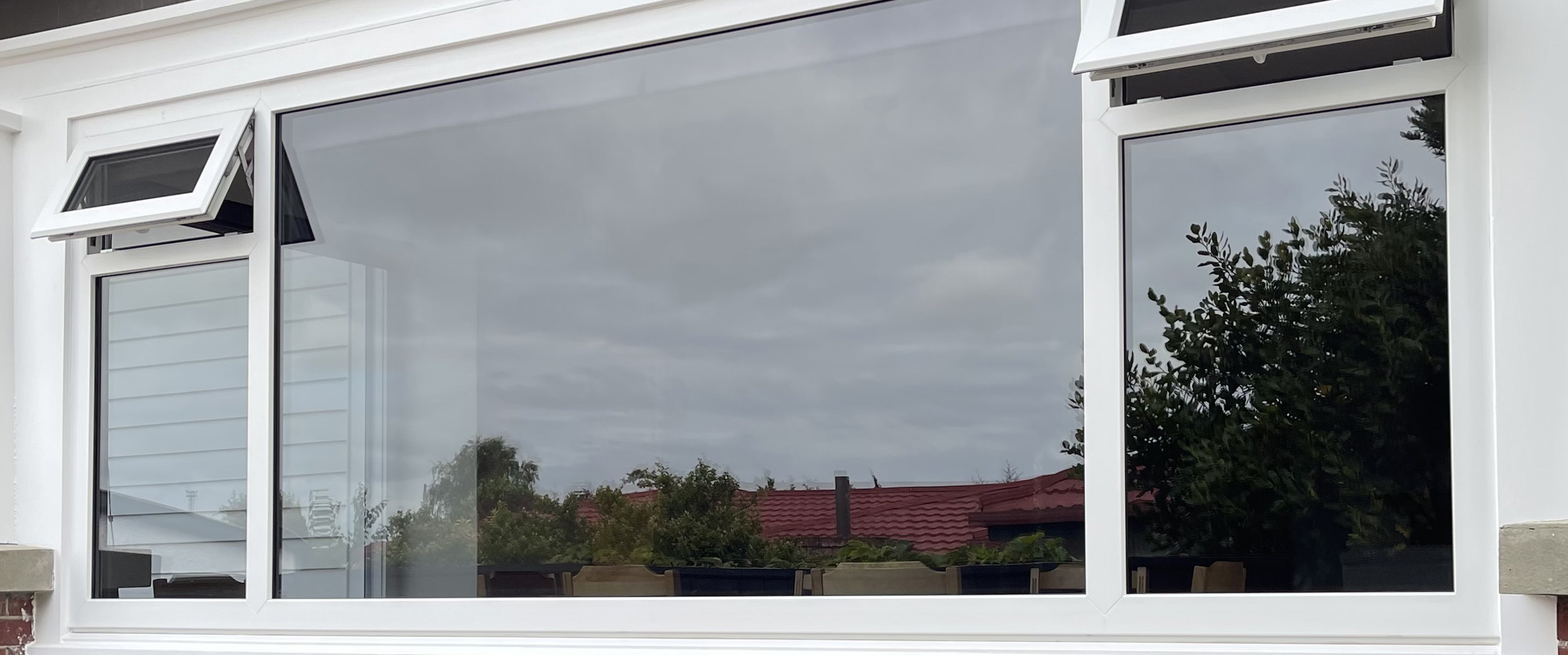
Everything About Glass
Advanced uPVC has used Viridian glass as their preferred supplier from day one, today Viridian glass is the largest glass supplier and only manufacturer of float glass in Australasia and continue to lead the industry through Quality and Innovation, it was a natural choice for Advanced uPVC to work with Viridian, the new Low-E product range of LightBridge 1.1 and PerformaTech are the perfect choices for Energy Efficient Low-E Double Glazing.
Why is Double Glazing Important?
Double Glazing is very important, not only does it regulates your homes temperature, it also makes it more energy efficient.
Double Glazed uPVC windows and doors will reduce Energy Consumption by providing better control over heat gain and loss making your home warmer, drier and ultimately a healthier home. The non-conductive nature of Double Glazed uPVC Windows and Doors will heavily reduce Noise and eliminate Condensation on the frames.
With up to 50% of heat lost through windows and doors, for years traditional windows in New Zealand have been an energy weak spot, letting heat in during the summer and letting warmth escape during the winter.The solution was simple, ditch the poor performing joinery systems and move to a high performance uPVC Windows and Doors with Energy efficient Low-E glass, its only what the rest of the world has been doing for decades.

What is the aim of Energy efficient Low-E Double Glazing?
Low-emissivity(Low-E) glass was produced to minimise the amount of Ultraviolet(UV) and infrared(IR) radiation passing through a windows while still allowing visible light to enter.
Low-E glass has a specialised metallic coating that acts as a reflective surface, directing heat back into the room during winter and reflecting heat away during the summer.
The aim of energy efficeint Low-E glass is about making homes warmer, drier and becoming less reliant on energy use for heating and cooling, this is achieved by efficiently controlling light and the flow of heat in and out of the home, as the home becomes more energy efficient and passive, we become less reliant on other sources for heating and cooling therefore reducing annual energy costs to run those systems.
To become more energy efficient with Double Glazing we need to use specific glass types to meet the performance characteristics, Low-E glass is a large factor in this, however there are several factors that relate to the overall IGU efficiency and it’s not only about the type of glass or combinations used. We must consider the overall thickness of the IGU, the individual glass thickness, the spacer type and its thickness. The combination of these elements are critical to achieving optimal performance.
The optimum size Double Glazing or Insulated Glass Unit(IGU) when used for the Rehau uPVC windows and doors is a 24-28mm, ideally we aim for a spacer size of 14-18mm, this is the scientifically proven optimum width for thermal efficiency and performance of the air barrier between the two glass panes of the IGU.
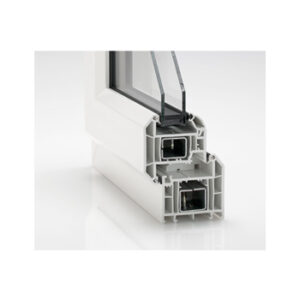
Thermal Spacers
Warm Edge Thermal spacers are supplied as standard with all Advanced uPVC Windows and Doors, we didn’t want to compromise the excellent thermal performance of our insulated glass units using metal spacers. Thermal spacers create an excellent thermal barrier between the two panes of glass and when glazed in uPVC joinery the performance is unrivalled.
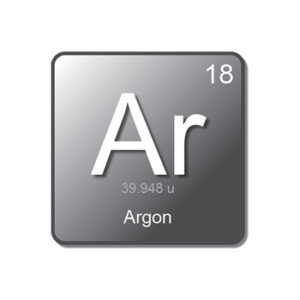
Argon
Argon gas is an inert, non-toxic gas that is denser than oxygen. It is placed between the two glass panes inside an insulated glass unit to reduce the rate of heat loss, it therefore acts as a thermal barrier improving the energy performance as opposed to an ordinary air filled unit. When using Lightbridge 1.1 or PerformaTech Low E double glazing, Argon gas is included as standard.
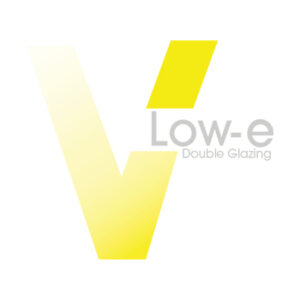
Low-E
Low-E Double glazing is designed to provide year-round comfort and reduce the reliance on heating and cooling systems in your home. Low-E glass is a clear metallic coating that is applied to one surface of the glass, on the inside the coating traps the heat by reflecting it off the glass surface back into your room reducing heat loss and on the outside it reflects heat away from entering the home reducing the solar heat gain. It is the ideal choice for keeping your home warmer in the winter and cooler in the summer. High quality Low-E glass is optically clear and available in a range of products with varying characteristics.
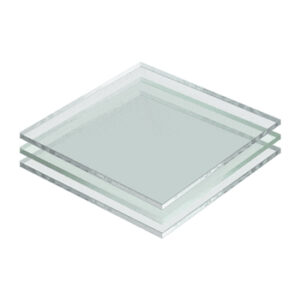
Laminated Glass
Laminate is great performing all round glass, with characteristics that provide added safety, security, UV reduction and noise control. Laminate is made up from two layers of glass separated by a plastic PVB film. The PVB interlayer which bonds the glass together when broken is what gives the glass its certified Grade A safety glass rating. The PVB layer eliminates 99% of UV radiation providing better protection against fading, and laminate glass is also highly renowned for its acoustic properties, allowing greater noise control as opposed to standard glass.
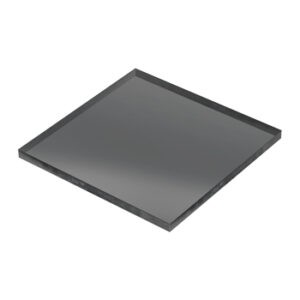
Tinted Glass
Tinted glass is a solar control glass available in Grey, Green and Bronze, it is used on the exterior pane of Double-glazed units to provide protection against the sun whilst also offering some degree of privacy, Tinted glass will reduce the amount of light entering the home and also provides some control over heat gain and UV light control, some consideration needs to be taken when using tinted glass.
Moving to the future with Double Glazing
In November 2021 The Ministry of Business, Innovation and Employment announced changes to the H1 Building Code which are in line with the building for Climate Change programme, the impact of this meant that all new builds would require windows and doors to become more Energy efficient and that included the use of Low-E glass.
Since November 2023 all Climate zones in the North Island (1-4) need to meet an R-value of 0.46 ( U-value of 2.17) for New Windows and Doors.
For the South Island, Climate Zone 4 remains at R 0.46 where as Climate Zones 5 and 6 increase to R 0.50 (U-value of 2).
The 2023 regularitary changes by MBIE certainly were a long overdue improvement for the building of new Homes in New Zealand, it goes some way to improving Window and Door performance ensuring healthier homes, unfortunately steps still need to be taken in addressing the replacement or retrofit window and door market, which should come into line with the new build changes and remove the not fit for purpose products from supply.


